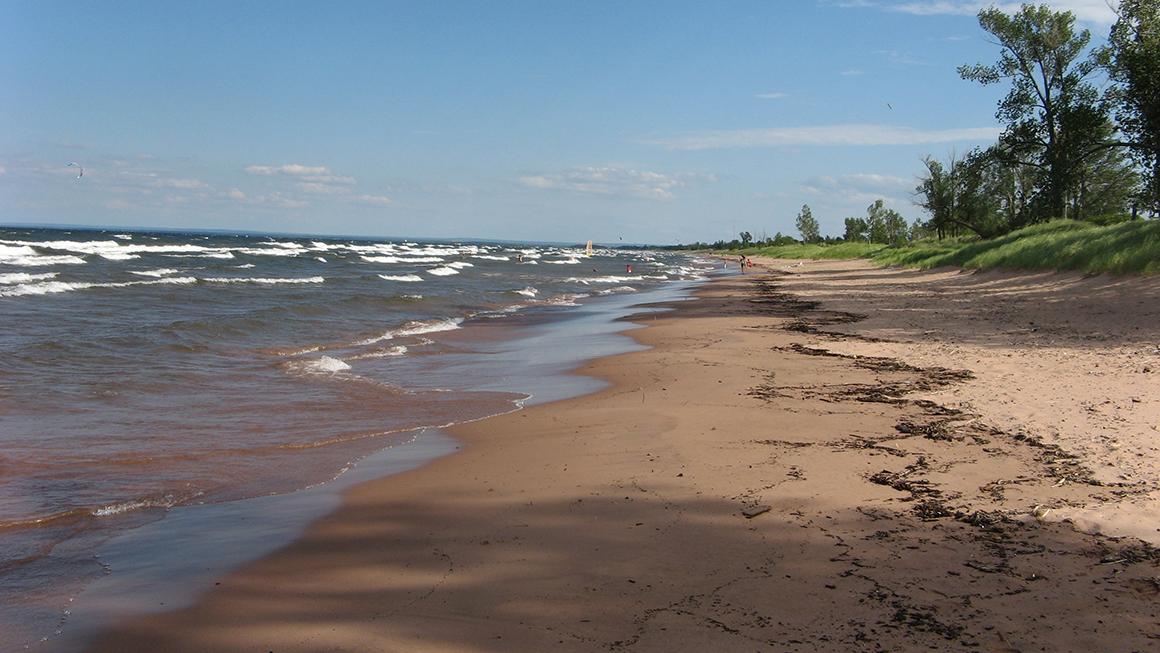
Image credit: M. Thoms
If you’ve read my writings for Minnesota Sea Grant (MNSG) on ice and hypothermia know that I am very concerned about recreation safety. Another water-safety issue of interest to me is water quality. I have been fortunate to have interacted for a few decades with a group of terrific economists who are working hard to determine the social costs of water-quality degradation.
One of the large social costs of poor water quality are the medical costs of illness acquired from the release of microbes into waters along with other pollutants such as nitrogen and phosphorus. In April 2021, I presented a talk on waterborne illnesses at the Cornell Atkinson Center for Sustainability workshop on the Social Costs of Water Pollution. The costs associated with waterborne illness from fecal contamination acquired while swimming, fishing, kayaking, canoeing and motor boating are estimated to be about $3 billion annually in the U.S.
I was additionally motivated by research funded by MNSG monitoring the presence of SARS-CoV-2 in surface waters connected to public recreation sites by University of Minnesota scientist Richard Melvin. I focused my presentation on viral waterborne illness because viruses may be a more insidious threat to the health of people who engage in water recreation than is known. Scientists have learned a great deal more about viruses in the last year - in circumstances none of us would have wished for. I felt it was important to give the role of viruses in water a closer look.
My presentation at this workshop is available on my YouTube channel.
MNSG anticipates sponsoring more research in this area.